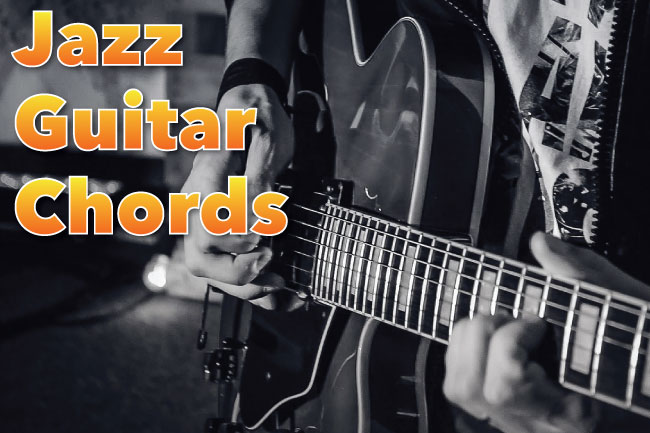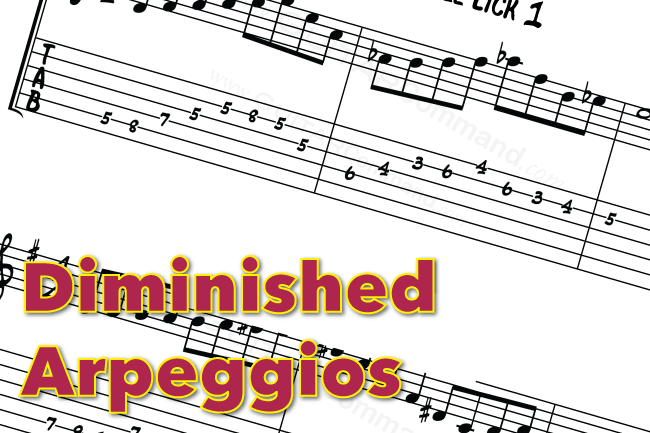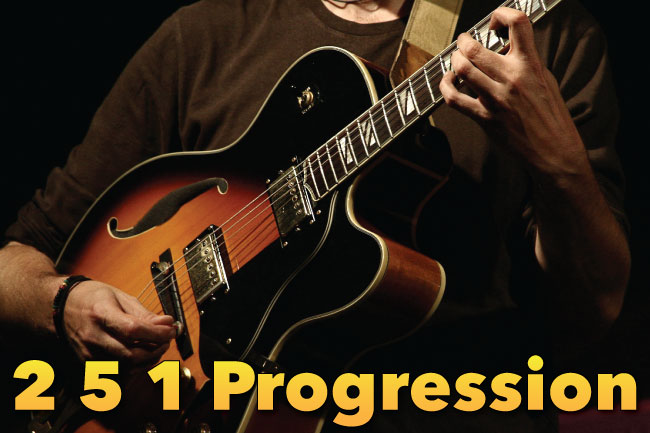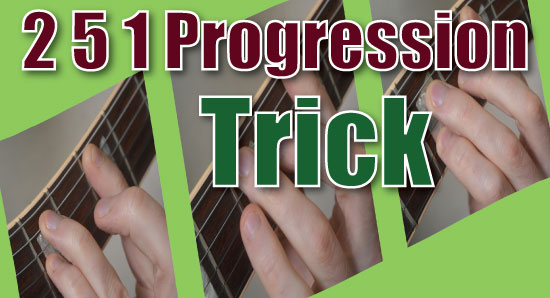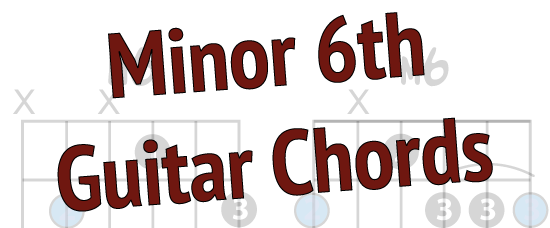This page contains jazz scales guitar notation with tab, diagrams and information on how to use scales in jazz improvisation.
Guitar Lessons
Dorian Mode Pentatonic Licks: Learn A Simple Trick For Creating & Playing Original Dorian Phrases
Did you know that there's an easy way to play jazzy Dorian modal licks? In this lesson we show you how to create Dorian mode solos using common pentatonic scale shapes.
Most guitarists are familiar with pentatonic scales and are confident playing them in one or more fretboard positions. The same scale shapes can also be used to play Dorian modal licks. Read on to find out how...
Jazz Guitar Chords
There are literally thousands of jazz guitar chords, but don't worry: you don't have to learn them all to start playing jazz.
On this page we'll show you how jazz guitarists play many types of chord. We'll start simple, then hit you with some complex 'altered' shapes.
Diminished Arpeggios And Diminished Licks
Diminished arpeggios can be used by guitarists in any style of music, but they are particularly popular among jazz and metal guitarists.
In this lesson we show you how to play diminished arpeggios. We have also provided example diminished licks in jazz and metal styles. By playing these you'll be able to hear how the arpeggios sound in a musical setting.
Introduction To Voice Leading For Jazz Guitar
This quick lesson will serve as an introduction to voice leading in jazz guitar comping. On the way you'll learn some sweet sounding 2 5 1 progressions, too.
How To Use Diatonic Arpeggios In Improvisation
This lesson will show you how to incorporate linked diatonic arpeggios into your lead guitar solos. It's aimed mainly at jazz guitarists, but can be used in most rock and pop styles too.

First I'll introduce the (very simple) theory behind the technique. Then I'll provide some arpeggio shapes that you can use when you try the technique out for yourself.
At the end of the article I've included a few short licks to illustrate the technique.
Do you want to learn guitar scales and modes? Check out our backing tracks for learning scales and modes – written specifically for you to learn and use scales and modes in your improvisation.
To get started, try playing the following line. It's not particularly musical: it's simply all seven diatonic 7ths in the key of C. Use it to warm up and to get an idea of the sound of linked arpeggios.
2 5 1 Progression Explained – What It Is & How To Play It
This lesson provides an introduction to the 2 5 1 progression.
Even if you don't play jazz, the 2 5 1 is a very important sequence of chords.
This lesson explains what '2 5 1' actually means, and provides example chord progressions so that you can play it for yourself.
If you want to play some 2 5 1 progressions, examples can be found at the end of this lesson. Be sure to come back and learn the theory, too!
2 5 1 Progression Lesson: Introduction
Quick test: can you tell where the 2 5 1's are in the progression below?

Guitar Keys
Guitar music is written in quite a narrow range of keys. This is due to the nature of the instrument and how it is tuned: some keys are just naturally more suited to the guitar.
In this lesson, I identify these keys, and also list the chords in each of these keys. This is useful for composers and songwriters intending to write music for the guitar, whether or not they are guitarists themselves.
2 5 1 Progression Trick
In this lesson I'm going to show you how to play 2 5 1 progressions using a nice little trick based around chord synonyms. Useful not only for jazz guitarists, but also for songwriters who want a nice way of introducing key changes.
Read on to find out more...
Minor 6th Chord Synonyms
We've previously looked at major 6th chords and their relationship with minor 7th chords. In this lesson, we are going to look at minor 6th chords. We'll find out how to play them, what gives them their unique sound, and how, like major 6th chords, they're the chord synonym of another chord.
Yes, that's right: by learning just one chord shape you actually get two new chords!



